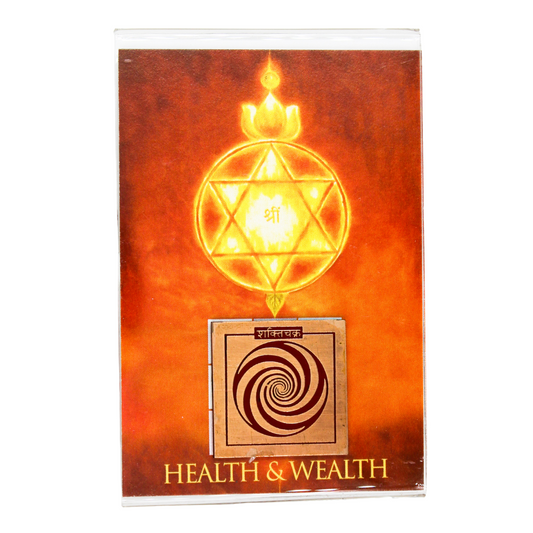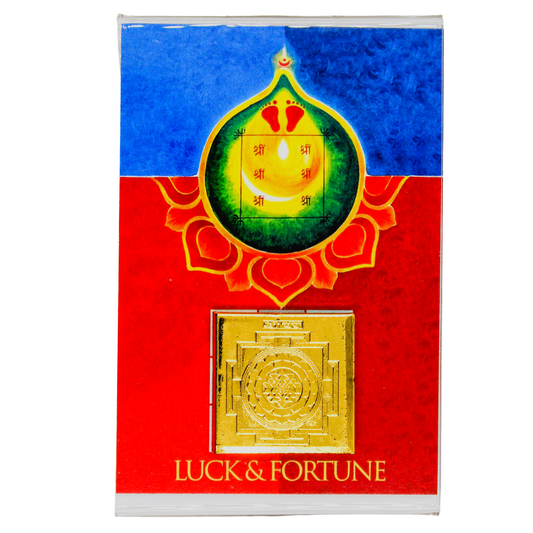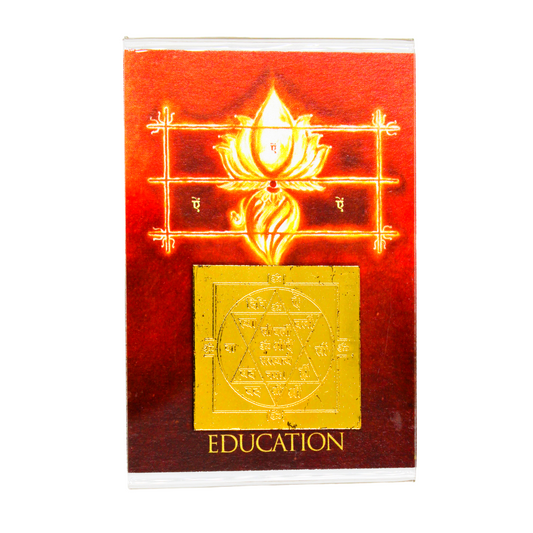Numerology is the study of the symbolism of numbers. It is used to determine a person’s personality, strengths and talents, obstacles, inner needs, emotional reactions and ways of dealing with others. Whether you use numerology to examine your life, take advantage of unexplored opportunities, confirm your talents or simply figure out where to go next, numerology can be a penetrating tool that helps you understand yourself and loved ones better. Numerology presents the whole picture, revealing all the diverse parts of your personality and how they come together to create the person you are. With this complete view, you are able to make the most of your strengths.
A LITTLE HISTORY
The roots of numerology can be traced back some 10,000 years to Egypt and Babylonia. Pythagoras, who developed many of the basic theorems that form the foundation of modern mathematics, is credited with formally organising the field about 2600 years ago in ancient Greece. At the turn of the 20th century, an American, L. Dow Balliet, along with several contemporaries, initiated the modern phase of numerology. Now, in the 21st century, a marked resurgence of interest in numerology is taking place thanks to an increase in research and publication.
HOW NUMEROLOGY WORKS
Everything in the universe vibrates at its own particular frequency. By finding the vibration rate of any object, you can establish the qualities and energies associated with it. By applying the principles of numerology -- and using only a name and birth date as the basic data -- you can determine the major frequencies of a person. A numerological analysis of the calculated frequencies provides significant information on personality and character.
HOW ARE NUMEROLOGY CALCULATIONS DONE
In numerology, all numbers are reduced to the single digits 1 through 9 except the special master numbers 11 and 22. 1, 2, 3, 4, 5, 6, 7, 8, 9, 11 and 22 represent the major vibration rates associated with people’s characteristics.
The numbers are reduced by simple addition. The number 15, for instance, is reduced by adding 1 + 5 to get 6. Similarly, the number 1974 can be reduced by adding 1 + 9 + 7 + 4 to get 21. The 21 can be further reduced by adding 2 + 1 to get 3. Letters in individuals’ names are converted to numbers and then added together. These numbers, in turn, are also reduced. The letter A, for instance, is 1; the letter B is 2; the letter C is 3, and so forth. The following table shows the numbers assigned to all 26 letters in the English alphabet.
1 2 3 4 5 6 7 8 9
A B C D E F G H I
J K L M N O P Q R
S T U V W X Y Z
By applying simple mathematical formulas to the numbers representing a person’s name and birth date, a numerologist can derive four major core elements and some 20 or 30 modifiers. A symbolic evaluation of these elements and modifiers provides a remarkably complete and accurate character analysis. About half the information in the analysis comes from the birth date; the other half comes from the name.
- Choosing a selection results in a full page refresh.
- Opens in a new window.

























